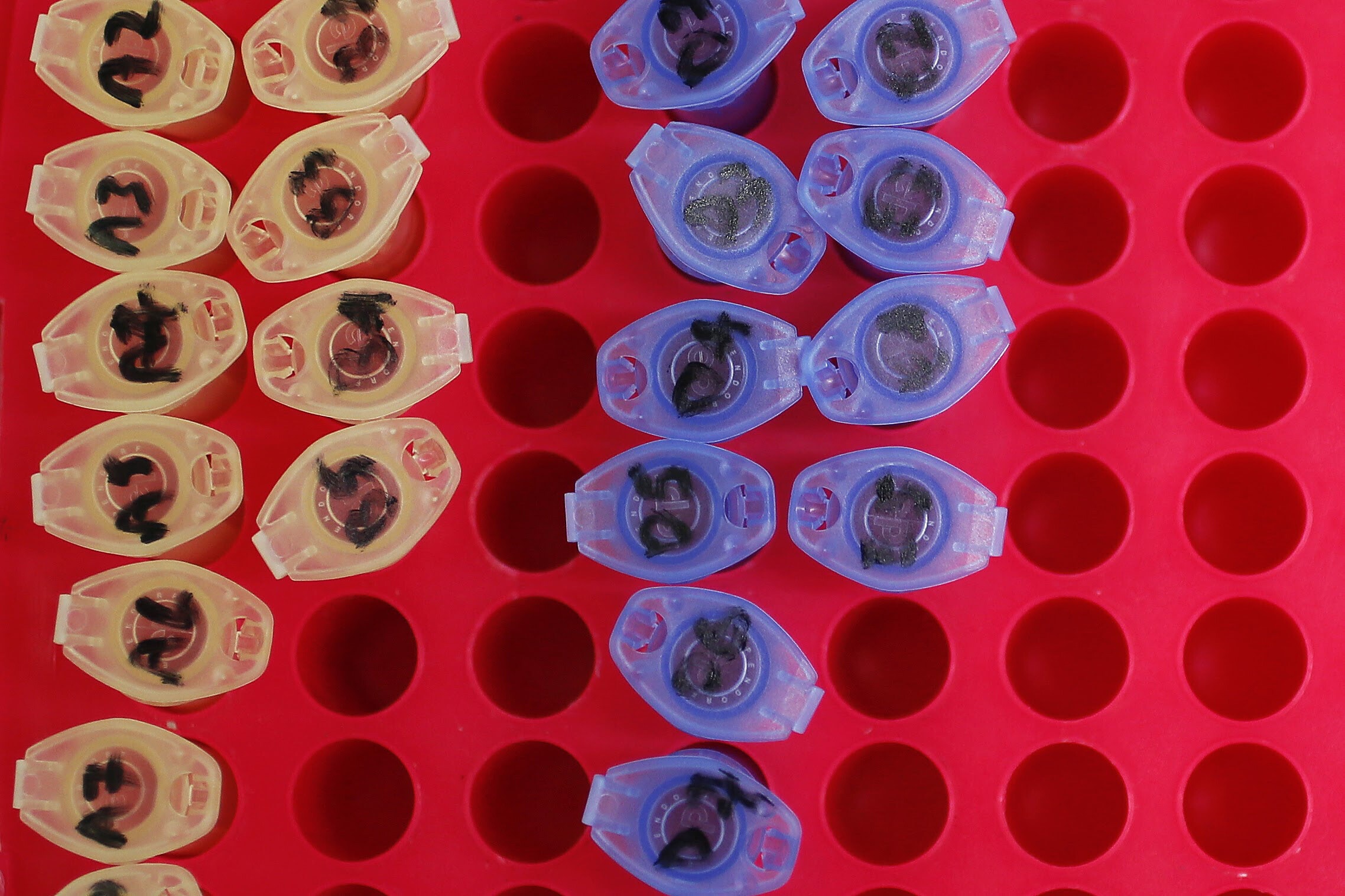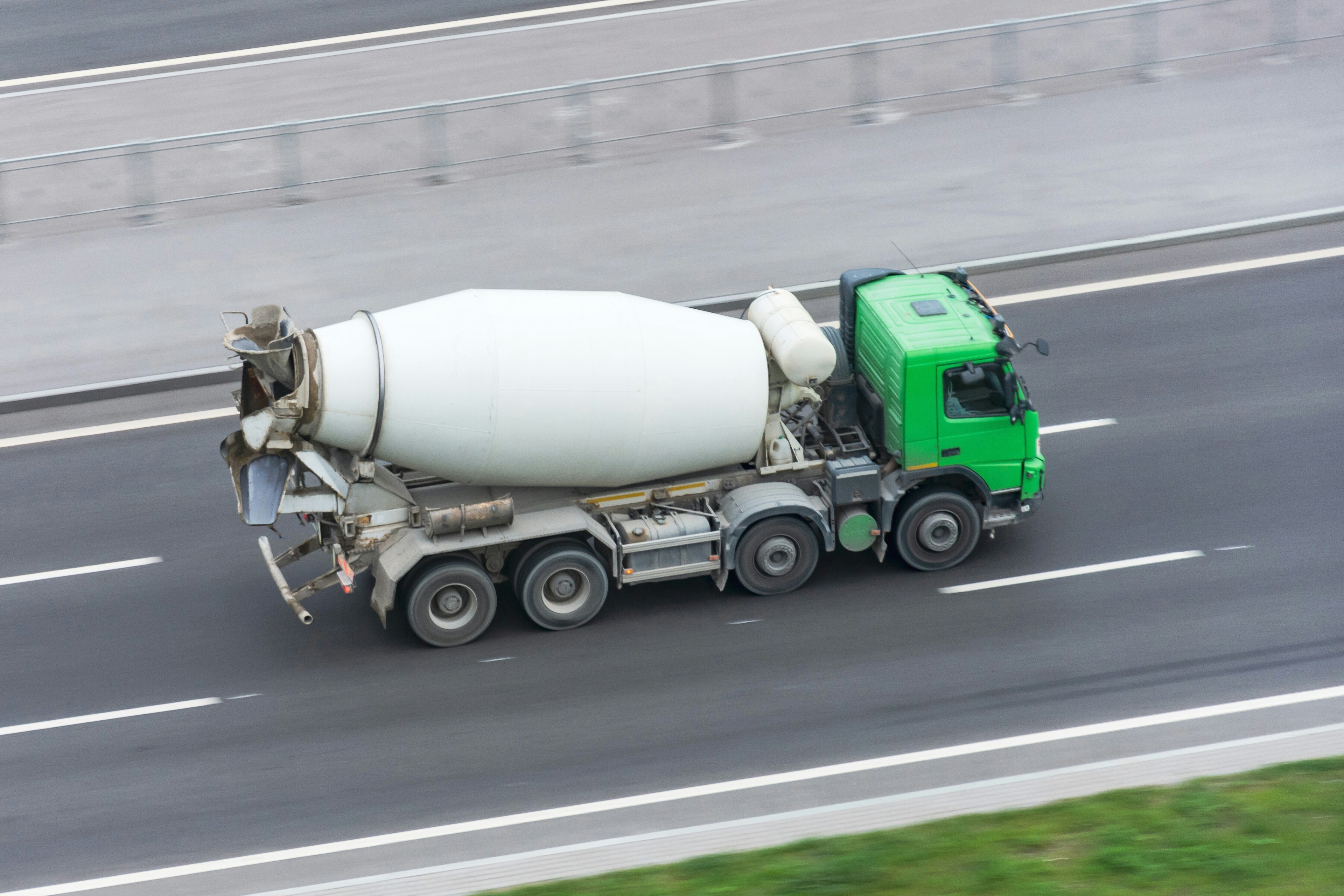The war in Ukraine is pushing countries short on food to famine

With blocked ports and exports limits from both Russia and Ukraine, countries that rely on them for staple foods are at a loss.
Image: Unsplash/Polina Rytova
Clarisa Diaz
Multimedia Reporter, QuartzStay up to date:
Ukraine
- Climate change, the COVID-19 pandemic and internal conflicts are all giving rise to global hunger and now the war in Ukraine is exacerbating the problem.
- With blocked ports and trade routes cut off, countries such as Lebanon are left without many staple foods.
- This is raising global food prices and insecurity further, as well as increasing the number of undernourished people around the world.
The UN is predicting a “hurricane of hunger” in the world’s least developed countries as the war in Ukraine continues to crimp supplies of everything from fertilizer to cooking oil. In April, the situation worsened with the UN claiming that the war is exacerbating famine in the global south, a message echoed at the World Economic Forum last month.
Hunger is on the rise globally for many reasons, including climate change, the Covid-19 pandemic, and internal conflicts. But with blocked ports and exports limits from both Russia and Ukraine, countries that rely on them for staple foods are at a loss. Fertilizer and fuel shortages are also making it difficult to produce crops like wheat, corn, sunflower, and safflower, complicating a critical planting season that starts in April in Ukraine. The lack of ability to plant this year could lead to fewer crops and an even worse outlook for food security.
Russia and Ukraine supply 30% of the world’s wheat. Lebanon in particular relies on Ukraine for over 60% of its wheat, as the country lost its national wheat silos in the 2020 port explosion in Beruit. According to the UN, since the war in Ukraine started, Lebanon has not been able to secure alternative imports from other trade partners, and authorities there expect a food security crisis as a result.
What is the World Economic Forum doing to help ensure global food security?
Which countries depend on Russia and Ukraine for wheat?
Russia and Ukraine mostly supplied wheat (pdf) to countries in eastern Europe, the Middle East, and Africa, but their crops also traveled as far as Nicaragua.

Wheat prices continue to rise
As supplies dwindle, prices for staple foods are reaching record heights. Global prices of cereals including wheat, barley, and other grains are 37% higher than they were a decade ago, and 89% higher since before the pandemic began.

The undernourished population is growing
Meanwhile, the number of undernourished people in the world has increased. In 2020, around 768 million people were undernourished, up from 650 million in 2019. Around 282 million were undernourished in Africa alone. The UN estimates that a third of the global population faces moderate to severe food insecurity, with 2.37 billion people without access to adequate food in 2020.

Shortly after the war broke out, the Food and Agriculture Organization of the UN (FAO) put together a rapid response plan (pdf) until the end of the year to help farmers on the ground in Ukraine. It aims to support crop production, and bolster food availability and access. FAO’s approach, according to the report, is to ensure food security for vulnerable populations by investing in the agricultural livelihoods of farmers. It’s a difficult task given the conflict on the ground, including the plundering of Ukraine’s grain by Russia.
Accept our marketing cookies to access this content.
These cookies are currently disabled in your browser.
Don't miss any update on this topic
Create a free account and access your personalized content collection with our latest publications and analyses.
License and Republishing
World Economic Forum articles may be republished in accordance with the Creative Commons Attribution-NonCommercial-NoDerivatives 4.0 International Public License, and in accordance with our Terms of Use.
The views expressed in this article are those of the author alone and not the World Economic Forum.
Forum Stories newsletter
Bringing you weekly curated insights and analysis on the global issues that matter.
More on Industries in DepthSee all
Antonio Gómez-Palacio
October 31, 2025
Børge Brende and Ahmed Al-Khateeb
October 29, 2025
Brad Irick
October 23, 2025
Qing Zhang and Matthew Chang
October 17, 2025
Eneida Licaj and Genevieve Sherman
September 10, 2025







